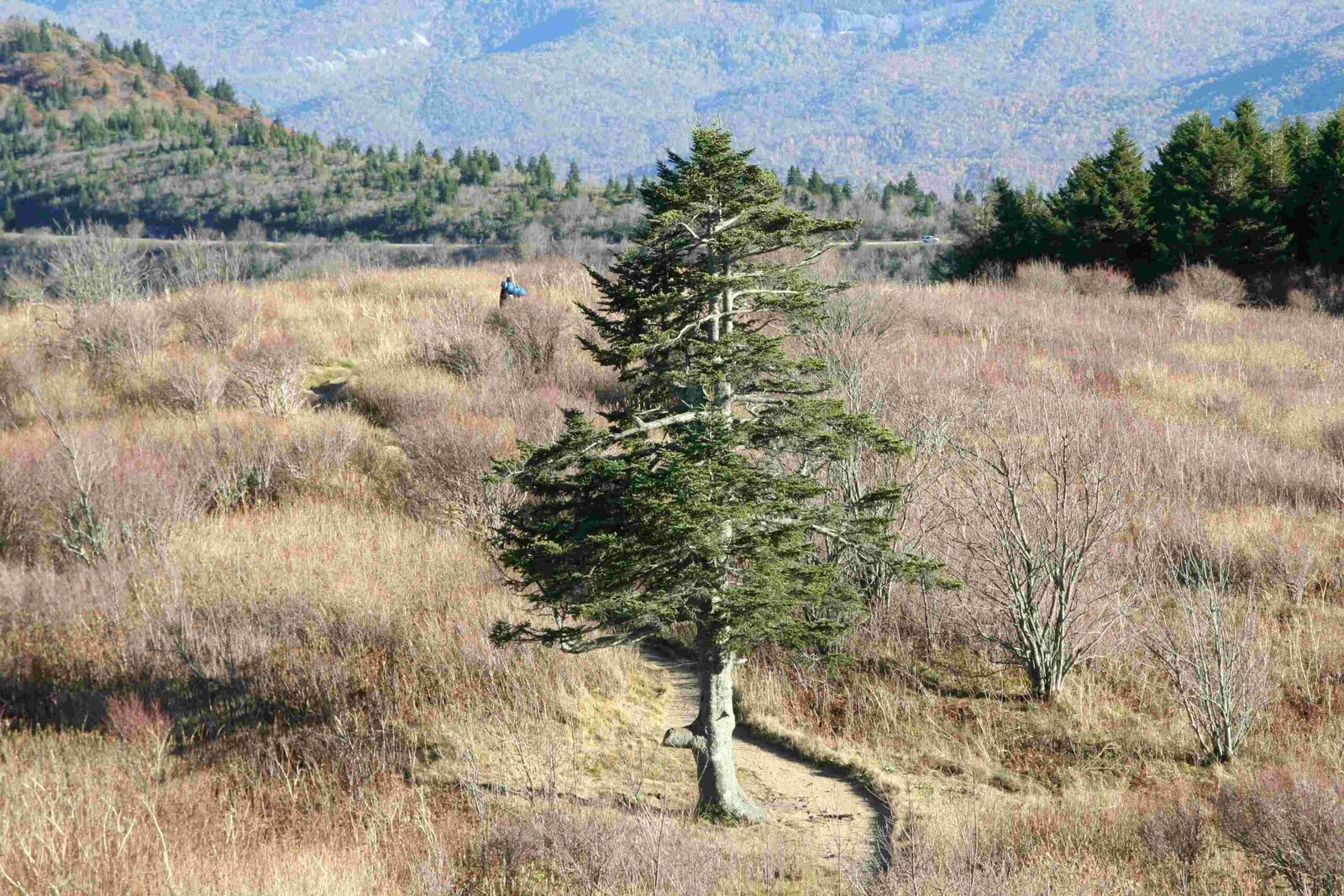The Appalachian Mountains harbor a complex network of hidden trails and secret passages that once served as lifelines for outlaws, moonshiners, and rebels seeking to escape law enforcement. These treacherous mountain paths, winding through dense forests and steep terrain, represent more than mere geographical routes—they are living narratives of resistance, survival, and cultural defiance embedded in the rugged Appalachian landscape.
What Are Appalachian Outlaw Trails?

Appalachian outlaw trails are not a single, continuous route but a complex web of interconnected paths used historically by individuals operating outside traditional legal boundaries. These trails emerged from unique socio-economic conditions that challenged conventional authority and created alternative survival strategies.
Historical Context of Mountain Lawlessness
| Period | Primary Outlaw Activities | Notable Characteristics |
|---|---|---|
| 1860-1900 | Moonshining | Resistance to federal taxation |
| 1900-1930 | Bootlegging | Prohibition-era underground economy |
| 1930-1950 | Resource smuggling | Economic survival during Great Depression |
Who Traveled These Dangerous Paths?

The Appalachian outlaw trails were frequented by diverse groups:
- Moonshiners: Crafting illegal alcohol
- Bootleggers: Transporting prohibited liquor
- Timber thieves: Illegally harvesting forest resources
- Fugitives: Evading legal prosecution
- Rebellious mountain communities: Maintaining independence from external control
Where Did These Trails Exist?
Appalachian outlaw trails predominantly existed in:
- Western North Carolina
- Eastern Tennessee
- Southwest Virginia
- Eastern Kentucky
- Parts of West Virginia
Terrain Characteristics
The trails typically featured:
– Dense forest coverage
– Steep, rocky terrain
– Multiple elevation changes
– Limited visibility
– Natural hiding spots
How Did Outlaws Navigate These Trails?
Navigation relied on:
– Generational knowledge
– Oral traditions
– Landmark recognition
– Intimate understanding of mountain topography
– Complex communication networks
What Tools Did Mountain Outlaws Use?
Essential equipment included:
– Lightweight, durable footwear
– Concealed weapons
– Minimal supplies
– Camouflage clothing
– Compact, multi-purpose tools
Cultural Significance of Appalachian Outlaw Trails
These trails represented more than criminal pathways—they symbolized:
– Resistance against external economic control
– Preservation of mountain cultural independence
– Survival strategies during challenging economic periods
– Community solidarity against perceived unjust systems
Modern Legacy of Mountain Outlaw Trails
Today, these historical routes have transformed into:
– Hiking trails
– Historical tourism destinations
– Cultural heritage sites
– Academic research subjects
Preservation Efforts
Modern organizations work to:
– Document trail histories
– Protect historical sites
– Educate about mountain cultural complexity
Recommended Exploration Resources
- Local historical societies
- Appalachian State University archives
- Mountain heritage museums
- Regional historical publications
Safety and Ethical Considerations
When exploring potential outlaw trail locations:
– Obtain proper permissions
– Respect private property
– Follow local guidelines
– Prioritize personal safety
– Maintain environmental integrity
Conclusion
Appalachian outlaw trails represent a profound testament to human resilience, cultural adaptation, and the complex relationship between marginalized communities and broader societal structures.
